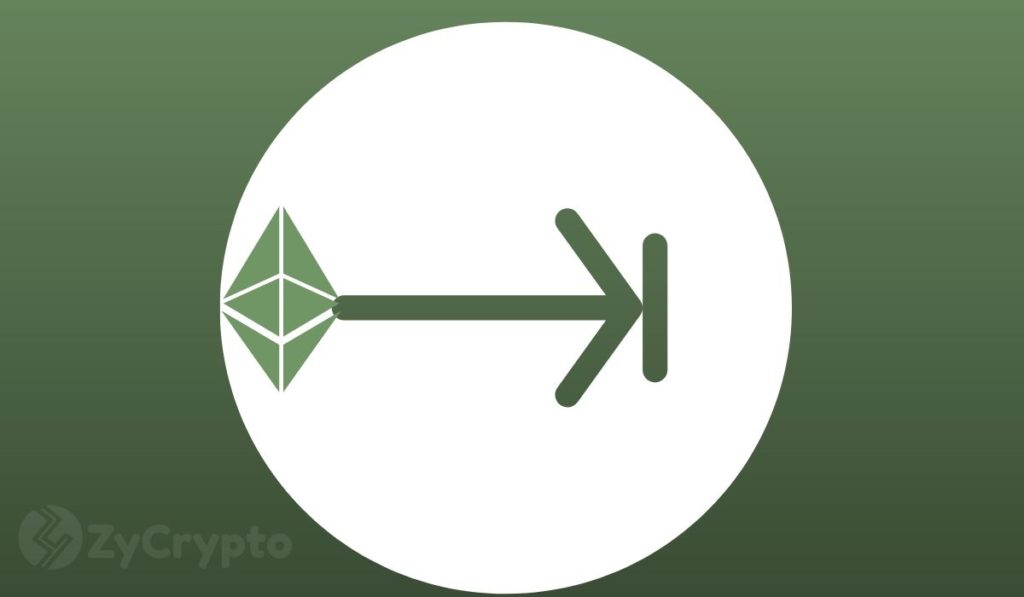2019-6-17 14:53 |
Coinspeaker
Ethereum 2.0 Planned for Launch on January 3rd, 2020
It has been announced that the launch of the initial phase of Ethereum 2.0 is scheduled for January 3, 2020. The third day of January is quite a memorable date for the crypto world, as this day in 2009, the launch of the first Bitcoin block took place. So, the launch of Ethereum 2.0 genesis block will mark Bitcoin’s 11-year anniversary, and according to Ethereum Foundation, the date was picked purposely.
At the moment, the Ethereum developers are at the stage of preparations for the phase zero spec freeze. According to the company’s plans, it will take place on the last day of June. Nevertheless, it’s important to understand that before the launch of the genesis block, a couple of the important milestones should be reached on the network.
One of them is the introduction of the deposit contract. It will allow the validators to make deposits. The target for the developers is to reach a deposit amount of 2 million ETH.
The team noted that the main task for them now is to ensure the transparency of the deposit system and systemize it. It will help to avoid scam deposits and other wrongdoings associated with them. According to their preliminary estimations, the way to the target deposit will take nearly three months.
While all the preparations are on the way, for developers it is very important to ensure that they will be ready to launch Ethereum 2.0. exactly on the day when Bitcoin was brought to the world by Satoshi Nakamoto.
What Is Known about Ethereum 2.0As Coinspeaker has already reported earlier, the way to the launch of Ethereum 2.0 includes a lot of stages. Moreover, it combines a number of crucial projects including Proof-of-Stake (PoS), Sharding, and eWSAM.
The transfer of the Ethereum consensus protocol from the existing Proof-of-Work to Proof-of-Stake will bring new rules for validators to secure the blockchain network. In the case with the Proof-of-Stake consensus protocol, this process presupposes the usage of digital currency deposits.
Turning to sharding, developers want to address the issue of scalability of the Ethereum network. With sharding, the entire network will be broken into shards, small units. At the moment, all the transactions are run by each device in sequence, one by one. But shards will allow parallel processing of transactions. While all shards share the same PoS consensus, they all are able to act as a separate blockchain with its own smart contracts and transaction history.
And, finally, eWASM represents itself an alternative to the currently used Ethereum Virtual Machine (EVM). On comparison with EVM, eWASM is able to double the transaction throughput rate.
In general, Ethereum 2.0 is expected to facilitate on-chain transactions. At the same time, it will ensure the highest level of security and preserve decentralization.
Ethereum 2.0 Planned for Launch on January 3rd, 2020
origin »Ethereum (ETH) на Currencies.ru
|
|














